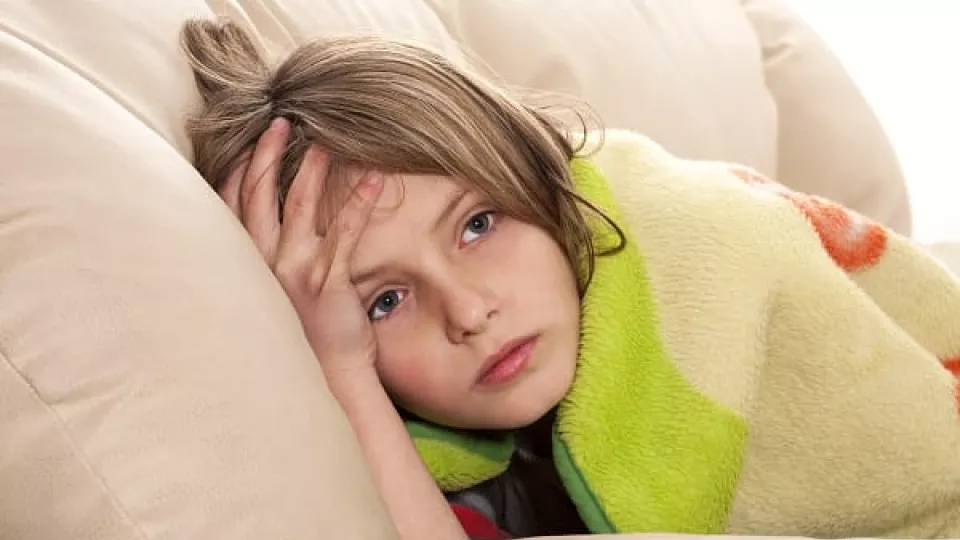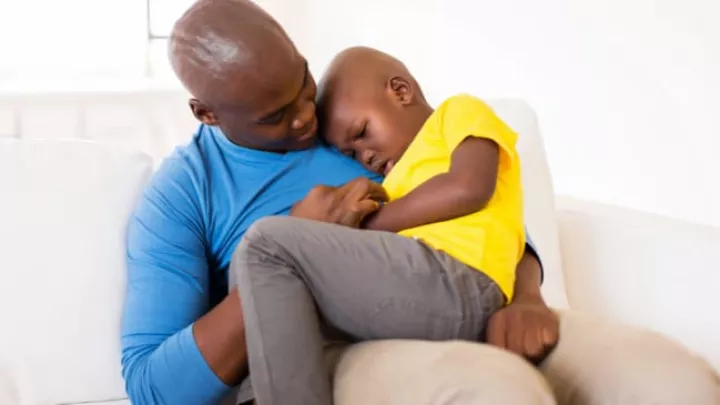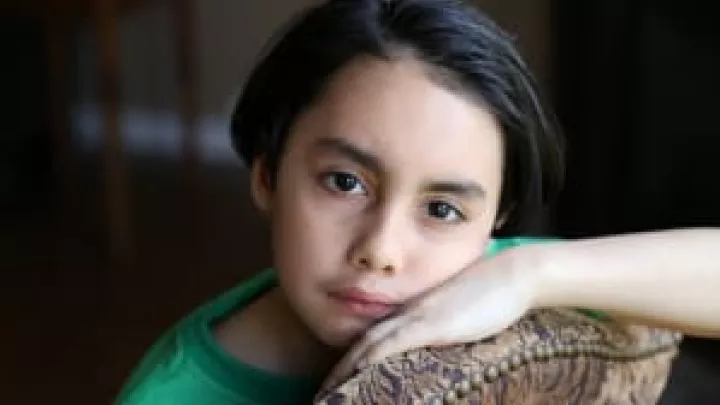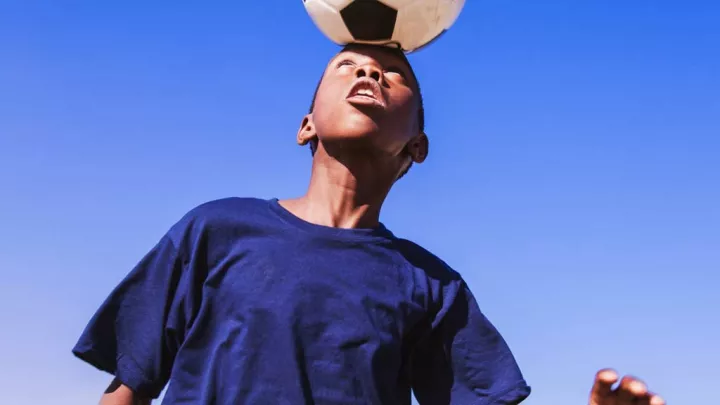
Is Your Child a Migraine Sufferer? Ways You Can Help
We have all heard children say that their head hurts, but is it serious?
From my personal experience of having migraines since I was 13 years old, I know how debilitating they can be if not treated. The World Health Organization states that migraines are one of the top 20 most disabling illnesses. Because I understand its effect on children, I was inspired to write this RN Remedies® blog post. Migraines are actually common in children—about 10 percent of school-age children suffer from them. About half of these suffer their first attack before age 12.
Why some children suffer from migraines
Before puberty, boys suffer from migraines more than girls. As adolescence (the teenage years) approaches, the incidence increases in girls, which may be associated to changes in estrogen levels, more commonly called the “menstrual cycle.” If a family member has a history of migraines, it can make children more susceptible to experiencing them too, confirms Wendy G. Mitchell, MD, chief of the Division of Neurology at Children’s Hospital Los Angeles.
Mitchell describes a migraine as a headache that is throbbing (pounding, like feeling your pulse in your head), along with:
- Pain, generally on one side of the head, usually in the front, behind or to the side of the eyes and in temple area
- Queasy feeling, loss of appetite, nausea or vomiting
- Sensitivity to light and sound
- Relief by a period of deep sleep
Some children are more at risk for migraine triggers. The most common triggers in children and adolescent are bright lights, time spent on a computer and watching TV. Dr. Mitchell explains wearing sunglasses and avoiding video games if possible, particularly those with flashy graphics may help reduce risk of a headache. Sit as far away from TV or monitor as possible keeping room lights up.
Other examples include inadequate or altered sleep, drug use, and an excess dose of vitamins, alcohol, skipping meals, stress, weather changes, bright lights, loud noises, strong odors and hormonal fluctuations. About 5 to 15 percent of migraines are triggered by food.
Signs and symptoms of migraines
Migraines are often undiagnosed in children and adolescents. In children, the symptoms may include unexplained nausea and vomiting, abdominal pain or dizziness. Some children may experience what is called aura. Aura is a visual disturbance which usually happens after a headache. This is called a “classic migraine.”
Signs and symptoms of aura (or classic migraine) include:
- Dizziness, vertigo, faint feelings or fainting
- Numbness or tingling, mostly on one side of body
- Visual changes, blurring, seeing spots, lines or zigzags, blind spots and rainbows around objects
- On rare occasions, confusion, hallucinations, weakness on one side of the body and inability to speak
Before a migraine happens, you can observe changes in your child’s behavior. These changes are
- Food craving
- Irritability
- Loss of appetite
- Mood swings
- Tiredness
- Withdrawn attitude
- Yawning
Sensitivity to light, touch or smell is common as well. Motion sickness should not be ignored because this is an early warning of the predisposition to childhood migraines.
Starting a headache (migraine) journal
Bianca Salvetti, MSN, CNS, CPNP, who works as a nurse practitioner in the Division of Adolescent Medicine’s High-Risk Youth Program, stresses the importance of using a headache journal to help discover the triggers for your child’s headaches so they can be avoided. “Often, we have teens whose headaches are caused by certain foods, dehydration, stress, menstrual cycles and lack of sleep or irregular sleeping patterns,” shares Bianca. Treatment and prevention techniques include relaxation, sleep, over-the-counter pain and prescription medications, hot and cool packs and massage.
While there is no cure for migraines, you can help your child avoid triggers to reduce their frequency.
Treating migraines in children and adolescents
Treatment for childhood and adolescent migraines depends on the age of the child and the frequency and severity of the attacks. Expert help from headache doctors or centers specializing in migraines may be required for children who are difficult to diagnosis or who don’t respond to initial treatment and prevention measures. Migraine treatment can include:
- Sleep—Many children recover well with deep sleep.
- Over-the-counter (OTC) products—for mild to moderate migraines, general pain medications like acetaminophen, ibuprofen and naproxen sodium used early in the course of the headache are often effective.
- Drugs that treat nausea and vomiting—Migraines can include loss of appetite, abdominal pain and vomiting, so anti-nausea drugs can be very helpful.
NOTE: If your child is taking medication for headaches more than twice per week, contact their doctor as soon as possible.
Migraine prevention
Wendy Mitchell shares these additional migraine prevention methods:
- Keep a headache journal or diary to help identify triggers, depending on how often your child gets headaches.
- Create a calendar and write down whether or not your child experiences a headache each day; include everything they ate and drank that day, medications taken, activities, if you were outside or inside and sleep patterns.
- Eat regular meals. When writing meals in your journal, many people realize they skip meals which lead to the headache.
- Sleep regular hours avoiding the temptation of sleeping in on the weekends
- Start a regular exercise program. Be sure to cool down and stretch at the end.
- Drink plenty of water especially when you are exercising.
- Avoid Caffeine if possible, or drink he same amount every day. Stopping it suddenly or cutting the amount may trigger a migraine.
- If your headaches are stress related, try identifying the stressor and learn different coping styles.
- Learn to relax!! Great examples are yoga and meditation.
When discussing headaches with your child’s doctor, expect to discuss their mental and physical health. It will be important in obtaining the most effective course of treatment.
So, the next time your child says their head hurts, don’t ignore it. Use this blog post to help deal you’re your child’s headaches and migraines.


